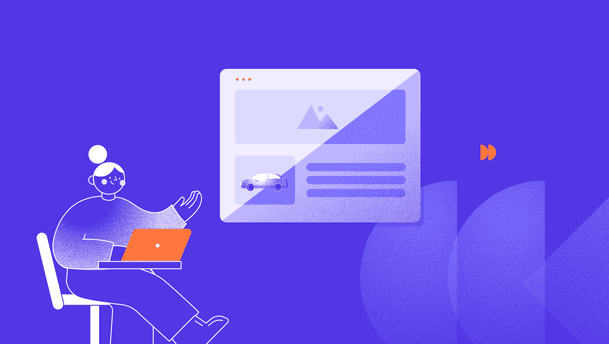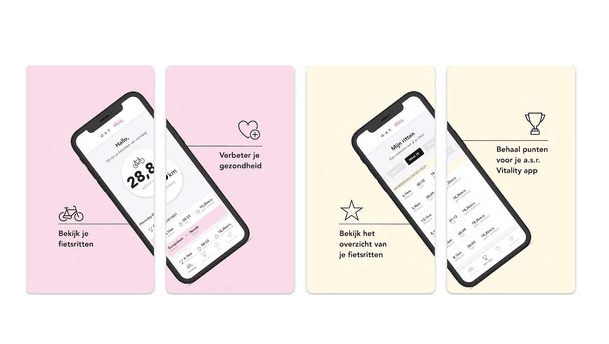Passion for creating exceptional digital experiences
In my conversations with countless digital agencies, one thing stands out: the sheer passion for creating exceptional digital experiences. They are driven to deliver results that not only engage audiences but also drive conversions.
To build these exceptional customer experiences, you require a combination of several tools. Typically, the process begins with a headless CMS for managing and publishing content. However, you'll soon realize that just publishing content is no longer sufficient nowadays. It’s about making an impact. This is where optimization tools for A/B testing and personalization come into play. These tools are crucial for fine-tuning content to match the preferences and behaviors of your clients’ audience.

But here's the thing I’ve noticed, despite all this drive and dedication, there's a recurring frustration.
Almost every agency I encounter struggles with the inadequate combination of CMS, optimization tools and third party data. Particularly for mid-sized projects, the available tools are often too complex and expensive ("server-side" tools), or they lack the necessary performance and have issues with third-party data ("client-side" tools).
I often observe this mismatch leading to suboptimal solutions, which hinders the delivery of impactful digital experiences despite the hard work put in to achieve them.
The way I see it, when combining a headless CMS with optimization tools, you only have two main options: server-side and client-side optimization. In the following sections, I will explain more about what these are and discuss the pros and cons of each approach in more detail.
Server-side tools: Ideal for large projects
Let’s start with the Server-side optimization tools, these tools are software solutions that conduct experiments from the server. This method guarantees fast and secure content delivery on your website, resulting in a seamless user experience. When it comes to delivering high performance and robust security, server-side optimization tools integrated with a headless CMS are a top choice.











